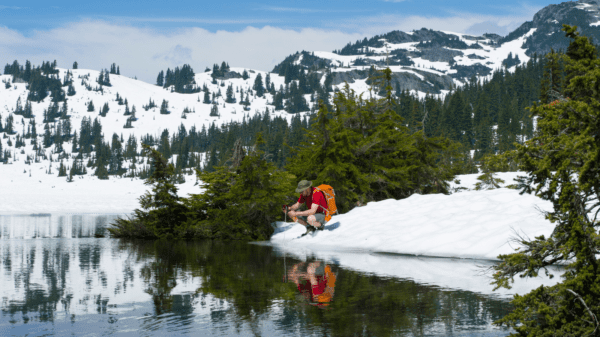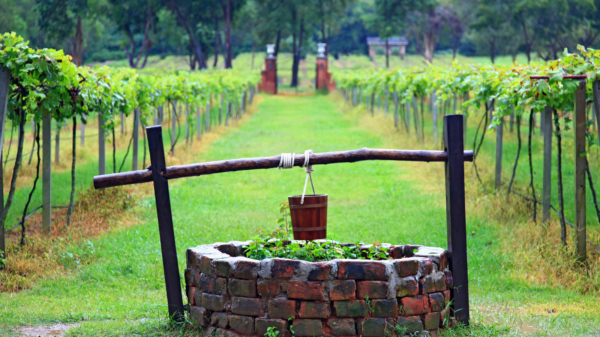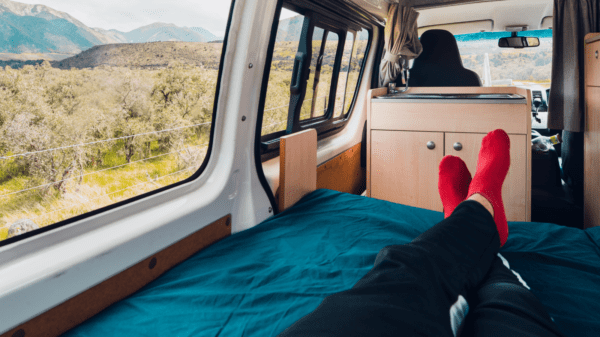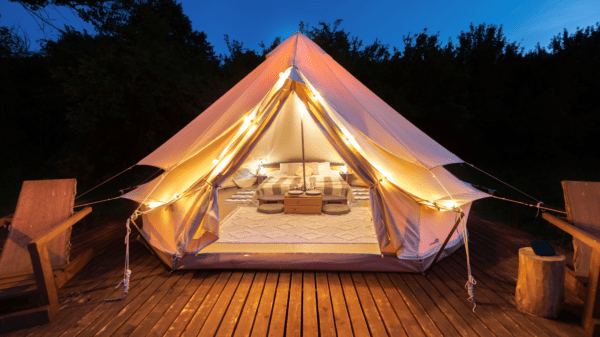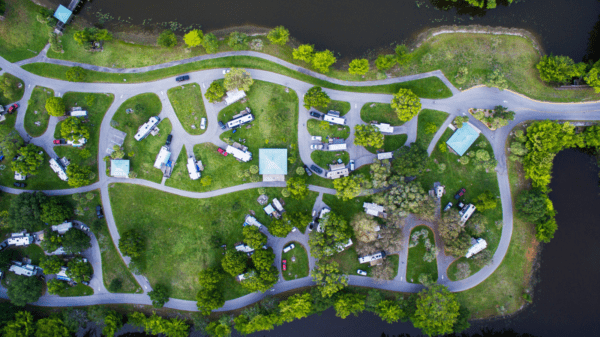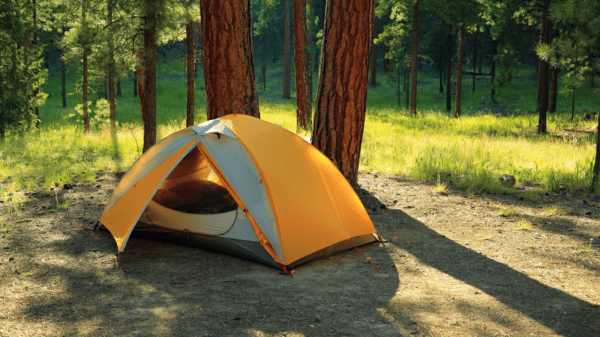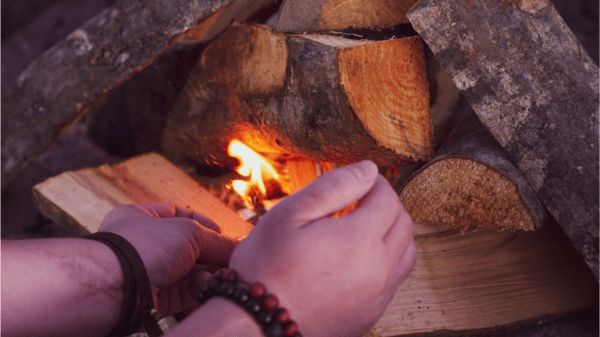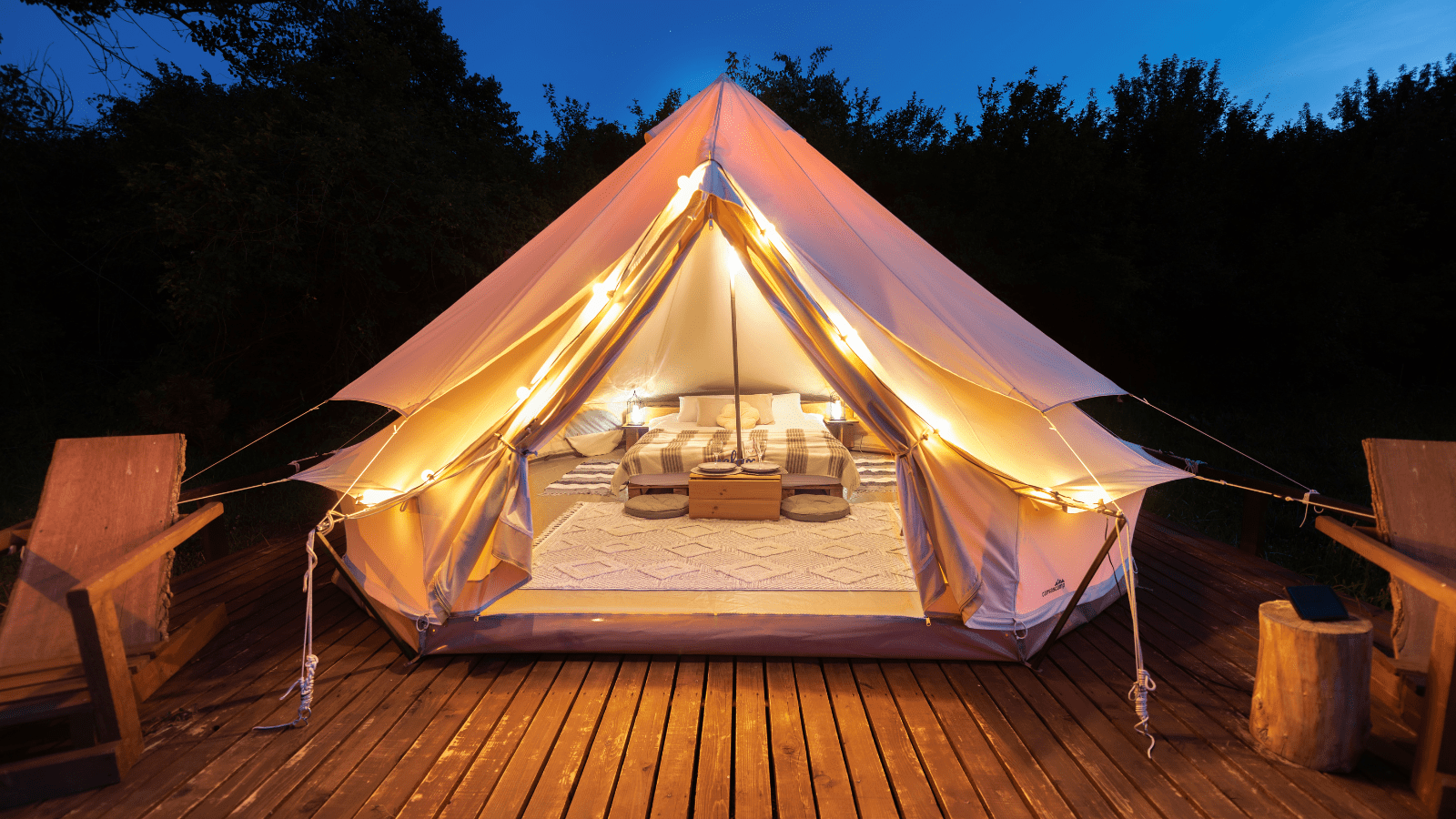Glamping, a portmanteau of “glamorous” and “camping,” has taken the world by storm, offering outdoor enthusiasts and nature lovers a luxurious way to connect with the environment without sacrificing comfort. In this starter guide, we’ll delve into the world of glamping, exploring its history, types, examples, and resources to help you get started. So, whether you’re a seasoned camper looking to up your game or a first-timer interested in a more comfortable experience, read on to discover the joys of glamping.
Table of Contents
Defining Glamping
Glamping is a unique form of camping that seamlessly blends luxury, comfort, and nature. InsteaHow to Select the Right RV Park (2023)How to Select the Right RV Park (2023)d of pitching a traditional tent and roughing it in the great outdoors, glampers stay in stylish and comfortable accommodations, such as yurts, teepees, treehouses, or safari tents, which often feature amenities like comfortable beds, electricity, and even private bathrooms.
The Evolution of Glamping
Although glamping has gained popularity in recent years, the concept is not new. Historical examples of luxurious outdoor accommodations can be traced back to the extravagant hunting expeditions of European royalty and the elaborate tent cities used by nomadic tribes. Today, glamping offers a wide range of possibilities for travelers seeking a unique and comfortable experience in nature.
Glamping vs. Camping
The primary difference between glamping and traditional camping lies in the level of comfort and luxury. While traditional camping typically involves sleeping in a tent or shelter with minimal amenities, glamping offers accommodations that rival boutique hotels or even five-star resorts. In addition, glampers have access to many of the same outdoor activities as campers, such as hiking, fishing, or birdwatching, but with the added benefit of returning to a comfortable retreat at the end of the day.
Types of Glamping
There are countless types of glamping accommodations to suit different tastes and preferences. Some popular options include:
- Yurts: Originally used by Central Asian nomads, yurts are round, portable structures with a sturdy wooden frame and a weather-resistant fabric cover. Modern yurts often include plush beds, wooden floors, and even private bathrooms.
- Treehouses: These childhood dream homes have evolved into sophisticated adult retreats. Luxury treehouses often feature comfortable beds, private decks, and stunning views of the surrounding forest.
- Safari Tents: Reminiscent of the luxurious tents used by British explorers in Africa, safari tents offer spacious, canvas-walled accommodations with comfortable beds, ensuite bathrooms, and stylish furnishings.
- Airstreams: Vintage Airstream trailers have been repurposed as unique and stylish glamping accommodations, often equipped with modern amenities like air conditioning, private bathrooms, and fully-equipped kitchens.
- Tiny Homes: The tiny house movement has made its way into glamping, offering compact yet luxurious living spaces with all the amenities of a full-sized home.
Examples of Glamping Destinations
With the rise of glamping, numerous destinations have emerged across the globe. Some notable examples include:
- The Resort at Paws Up, Montana, USA: This luxury resort offers an array of glamping options, including spacious safari tents and luxury cabins, set amidst the stunning wilderness of the American West.
- Aman-i-Khas, Rajasthan, India: Modeled after the opulent Mughal hunting camps, Aman-i-Khas features lavish tented suites with soaring ceilings, air conditioning, and private bathrooms.
- Longitude 131°, Northern Territory, Australia: With views of Uluru, this eco-friendly glamping resort offers luxurious tented pavilions with private balconies, floor-to-ceiling windows, and contemporary amenities that blend seamlessly with the surrounding desert landscape.
- Whitepod, Valais, Switzerland: This eco-luxury resort features geodesic dome pods nestled in the Swiss Alps, complete with cozy wood-burning stoves, ensuite bathrooms, and breathtaking mountain views.
- El Cosmico, Marfa, Texas, USA: A quirky glamping destination offering renovated vintage trailers, safari tents, and teepees, El Cosmico perfectly embodies the artsy and creative spirit of the West Texas town of Marfa.
Resources for Getting Started
If you’re interested in embarking on your own glamping adventure, the following resources can help you get started:
- Websites: Online platforms such as Glamping.com, Glamping Hub, and Airbnb offer a wide selection of glamping accommodations worldwide, allowing you to search and book the perfect getaway based on your preferences and location.
- Guidebooks: Publications like “Glamping Getaways” and “The Ultimate Glamping Guide” provide in-depth information, tips, and destination ideas for both experienced and novice glampers.
- Social Media: Follow glamping influencers and experts on platforms like Instagram and Pinterest for inspiration, recommendations, and stunning visuals that showcase the best of glamping.
Tips for First-Time Glampers
To make the most of your first glamping experience, consider these tips:
- Do Your Research: Explore different types of glamping accommodations and locations to find the best fit for your interests and comfort level.
- Pack Accordingly: Although glamping offers many creature comforts, it’s still an outdoor experience. Bring weather-appropriate clothing, comfortable shoes, and any additional gear needed for outdoor activities.
- Embrace the Outdoors: Take advantage of the natural setting by participating in outdoor activities like hiking, biking, or stargazing to truly appreciate the glamping experience.
- Choose Eco-Friendly Options: Many glamping destinations prioritize sustainability and eco-friendliness. Seek out locations with green practices, such as solar power, composting toilets, or eco-friendly toiletries.
Criticisms of Glamping
Glamping has become a popular way for people to experience the outdoors in comfort, but it is not without its critics. Some common criticisms of glamping include:
- Lack of Authenticity: Critics argue that glamping takes away the genuine outdoor experience that traditional camping offers. By providing luxuries and amenities not typically found in nature, glamping can make the experience feel more like a hotel stay rather than an authentic connection with the environment.
- Environmental Impact: Although many glamping sites prioritize eco-friendly practices, some critics question the overall sustainability of these accommodations. The construction and maintenance of glamping structures, as well as the resources required to provide amenities like electricity and running water, can contribute to environmental degradation and carbon emissions.
- Commercialization of Nature: Some people argue that glamping commodifies nature and transforms it into a product to be consumed by the wealthy. This commercialization can lead to the exclusion of those who cannot afford the high prices associated with glamping, thus creating a divide between different classes of outdoor enthusiasts.
- Impact on Local Communities: In some cases, glamping sites are developed in areas inhabited by indigenous or local communities. The development of these sites can result in the displacement of local residents or the disruption of their traditional ways of life, leading to negative social and cultural impacts.
- Loss of Traditional Camping Skills: Critics argue that glamping’s emphasis on luxury and convenience can lead to a decline in traditional camping skills, such as fire-building, navigation, and shelter construction. These skills not only provide a deeper connection with nature but can also be vital for survival in certain situations.
- “Glamping” as a Marketing Gimmick: Some critics claim that the term “glamping” is simply a marketing ploy used by the tourism industry to sell more expensive accommodations to customers. They argue that, in some cases, the glamping experience is not significantly different from staying in a hotel or resort, and the label is used primarily to justify higher prices.
Despite these criticisms, glamping continues to grow in popularity, attracting a diverse range of outdoor enthusiasts looking for a unique and comfortable way to experience nature. By addressing these concerns and promoting sustainable, ethical practices, glamping providers can continue to offer unforgettable experiences while minimizing their impact on the environment and local communities.
Conclusion
Glamping offers a unique opportunity to connect with nature without sacrificing the comforts of modern living. By exploring the many types, destinations, and resources available, you can tailor your glamping experience to your preferences and create unforgettable memories in the great outdoors. So pack your bags, and let the luxurious adventure begin!


